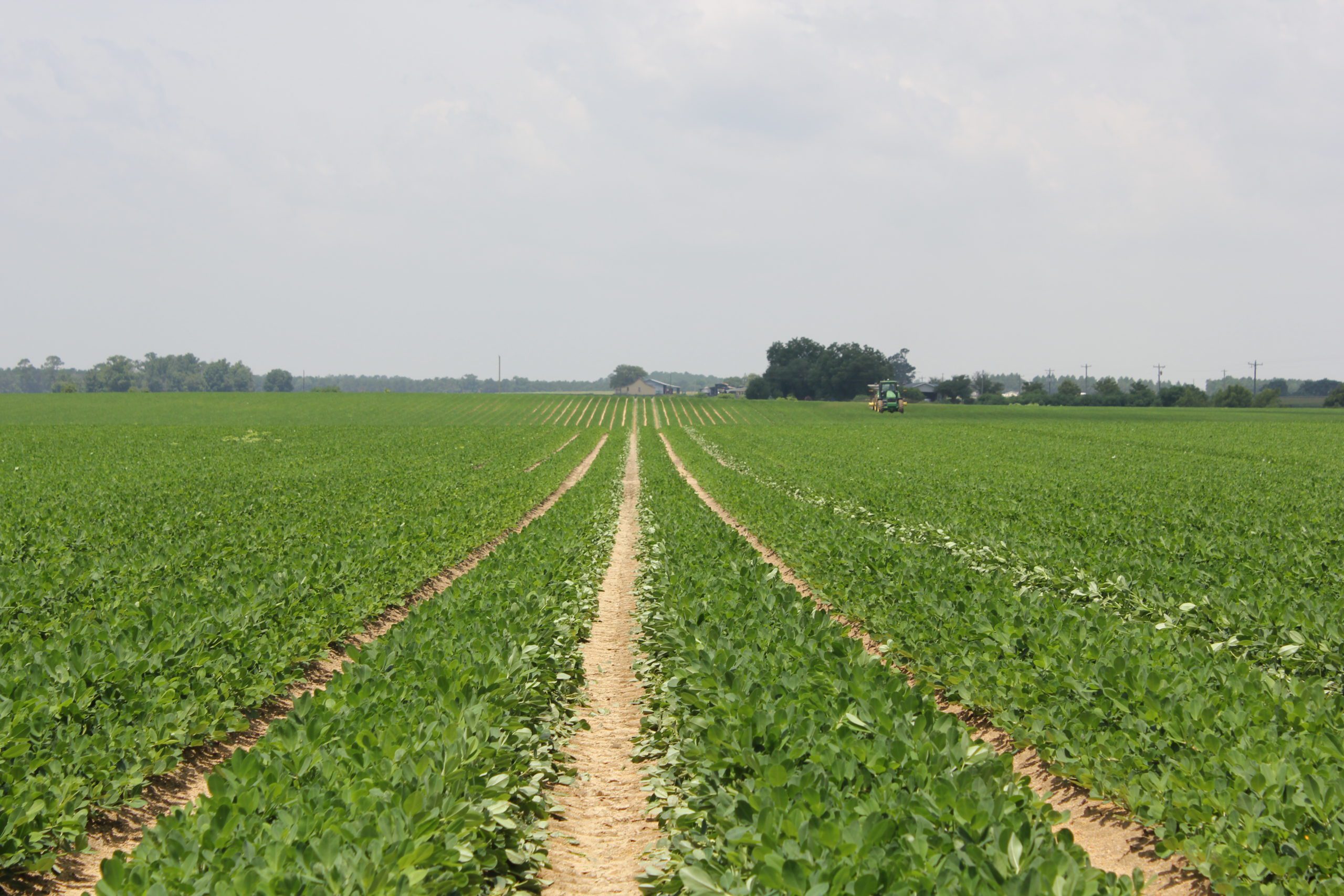The importance of a well-stocked quality U.S. peanut supply is showing benefits amid the COVID-19 crisis. (Courtesy of Georgia Peanut Commission)
Snack nuts, peanut butter see increased consumption during crisis
For consumers spending more time at home during the COVID-19 crisis, having a good stock of grocery staples on hand has become even more important.
One common mainstay in most homes around the world is peanut products, usually in the form of snack nuts or peanut butter. Peanut consumption before the pandemic was already trending up and it is expected to continue to rise.
For the fiscal year to date through March, the Port of Savannah has handled 10,947 twenty-foot equivalent container units of export peanuts, an increase of 3,724 TEUs, or 51.6 percent.
“Georgia Ports is proud to support our state’s hardworking farmers and agriculture industry,” said Cliff Pyron, GPA’s Chief Commercial Officer. “Georgia Grown products are a household staple for customers at home and abroad.”
Stephanie Grunenfelder, senior vice president of the American Peanut Council, said Georgia remains the leading peanut producing state, accounting for more than 50 percent of the United States’ peanuts. Georgia’s 4,500 peanut farmers planted crops in more than 75 counties, yielding an average of 4,450 pounds per acre. The versatile legumes are a $2.2 billion industry in Georgia, contributing to more than 50,000 jobs.
Tyron Spearman, executive director of the Peanut Buying Point Association, said despite the COVID-19 crisis, peanut farmers should be optimistic. Spearman noted that consumers turn to peanuts as a reliable source of nutrition during times of crisis.
Grunenfelder agreed COVID-19 has led to a sharp increase in domestic peanut butter demand as the nutritious spread is the ultimate comfort food for many Americans.
The United States Department of Agriculture projects Georgia will plant 740,000 acres this year, a 10 percent increase over 2019 (670,000 acres). Grunenfelder said that while this year has been out of the ordinary, planting intentions this season appear to be higher than last year.
According to recently released data from the USDA National Agricultural Statistics Service, the domestic use of peanuts is expected to increase 4.8 percent, while exports are predicted to increase 24.1 percent in the next 7 months.
In 2019, the U.S. shipped nearly 97,000 metric tons of peanuts to greater China. This was the second highest total ever and made China the industry’s fourth-largest export market, behind Canada, the European Union, and Mexico. Shipments have remained strong to start 2020.
“Peanuts are a food product that the world is demanding,” Spearman said. “A peanut farmer is on the frontline of ensuring our world of a safe, affordable food supply.”
